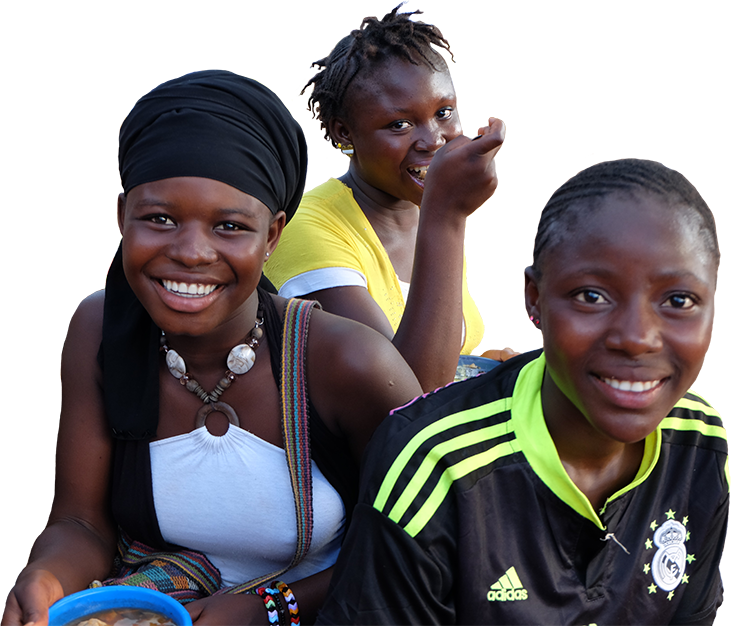Formative research helps us understand the challenges and opportunities that adolescents face, as well as barriers and enablers to behavior change. Routine monitoring is needed to assess progress toward program goals and national targets. Implementation research and evaluations are needed to identify effective approaches. The Adolescent Nutrition Resource Bank includes a variety of protocols and tools for monitoring, evaluating, and researching adolescent nutrition. If you have relevant monitoring, evaluation, or research resources, please send them to info@advancingnutrition.org.
We found 128 resource(s)
Weekly Iron and Folic Acid Supplementation for Women of Reproductive Age: An Analysis of Best Programme Practices
Technical Report published by WHO in
This document summarizes the lessons learned and best practices from ten WIFS programs for women of reproductive age (WRA). It is intended to serve as guidance to support advocacy, accelerate planning, and strengthen implementation of WIFS programs for WRA by program planners and managers.
Food-Based Dietary Guidelines for Sri Lankans
Guideline/Guidance published by Ministry of Health, Sri Lanka in
These dietary guidelines are aimed at the general Sri Lankan population, including recommendations for adolescents. The document includes information on heathy diet, food groups, serving sizes, and recommendations for achieving a healthy, balanced diet.
Multisectorial Plan for Chronic Malnutrition Reduction in Mozambique (2011-2014/2020)
Policy published by Republic of Mozambique in
The Multisectorial Plan for Chronic Malnutrition Reduction in Mozambique is the country's overarching nutrition strategy. Interventions to strengthen nutrition outcomes for adolescents include monitoring anemia in adolescents ages 10 to 19, reducing early pregnancy among adolescents ages 10 to 19, and strengthening nutritional education as…
National Nutrition Policy of Sri Lanka (2010-2018)
Policy published by Ministry of Health Care and Nutrition, Sri Lanka in
The National Nutrition Policy of Sri Lanka (2010-2018) includes a focus on adolescent undernutrition and obesity. The majority of interventions are implemented in the school setting to establish a positive nutrition enabling environment there. The policy addresses providing nutrition services to non-school going adolescents and regular nutritional…
The Common Approach to Sponsorship-funded Programming: School Health and Nutrition Module
Guideline/Guidance published by in
This module provides a rationale for School Health and Nutrition (SHN) and introduces the Focusing Resources on Effective School Health (FRESH) international framework. It describes Save the Children’s experience in SHN programming, outlines principles to guide SHN programs, and highlights the connections SHN programs should make with other Save…
Setting Up and Running a School Garden: Teaching Toolkit
Training Material published by FAO in
A companion to the manual "Setting Up and Running a School Garden," this teaching toolkit contains lessons for students ages 9 to 14 to supplement and support school gardening activities. The lessons guide the processes of planning, organizing, promoting, evaluating, and celebrating the achievements of school gardens.
School Policy Framework: Implementation of the WHO Global Strategy on Diet, Physical Activity, and Health
Framework published by WHO in
The purpose of this School Policy Framework is to guide policymakers at the national and sub-national levels to develop and implement policies to promote healthy eating and physical activity in the school setting through changes in environment, behavior ,and education. This framework is one of the WHO tools to assist implementation of the WHO…
Adolescent Nutrition: A Review of the Situation in Selected South-East Asian Countries
Landscape Analysis published by WHO in
This document is a review of the nutritional status of adolescents in Member Countries of WHO’s South-East Asia Region. It focuses on identifying key nutritional problems and suggests strategic interventions for policymakers. It can be used to identify research gaps and to guide those engaged in research to generate evidence for strategic…
Pagination
- First page
- Previous page
- …
- 8
- 9
- 10
- 11
- 12
- 13
- 14
- 15
- 16



